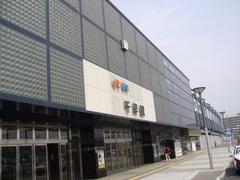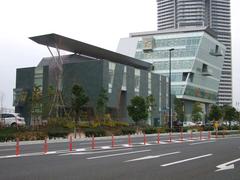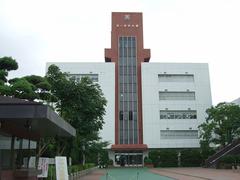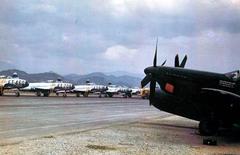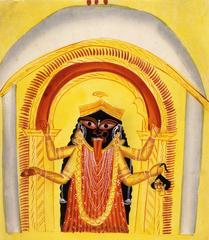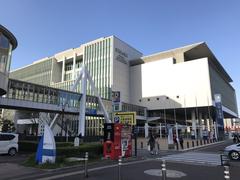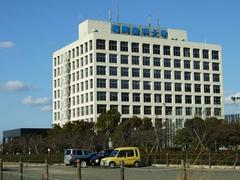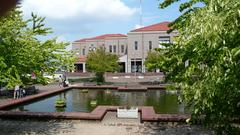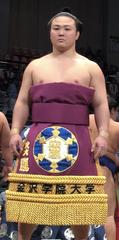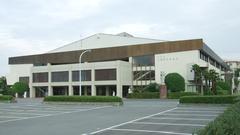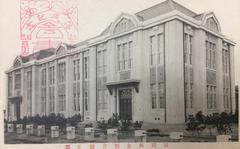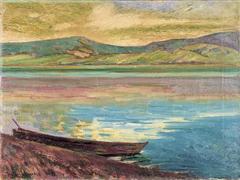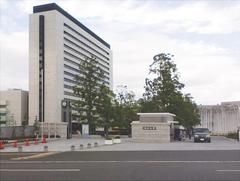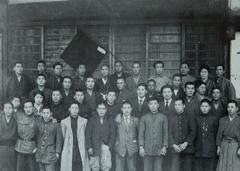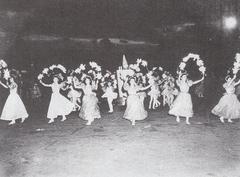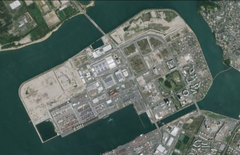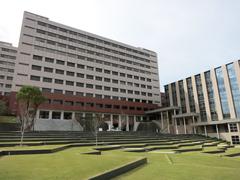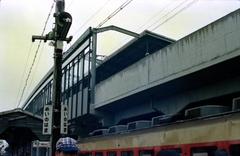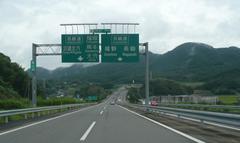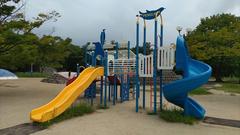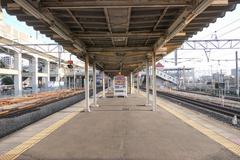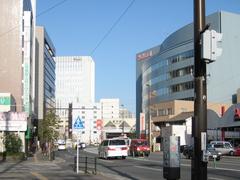Hara-Danchi Visiting Hours, Tickets & Fukuoka Historical Sites Guide
Date: 04/07/2025
Introduction
Hara-Danchi, located within the dynamic city of Fukuoka—Kyushu’s largest metropolis—offers a unique perspective into Japan’s postwar urban transformation and vibrant communal culture. As one of the hallmark “danchi” (large-scale public housing complexes), Hara-Danchi was created to meet the urgent housing needs of a rapidly urbanizing society in mid-20th century Japan. Today, it serves not only as a residential neighborhood but also as a living testament to Showa-era urban planning, social evolution, and Fukuoka’s enduring spirit. Its proximity to significant historical sites such as Fukuoka Castle Ruins, Ohori Park, and Kushida Shrine makes Hara-Danchi an ideal base for exploring Fukuoka’s layered heritage (Fukuoka Now; Go Fukuoka).
Historical and Cultural Context
Early History & Urban Expansion
Fukuoka’s origins stretch back over two millennia, flourishing as a port and cultural crossroads. The area now known as Hara-Danchi lies along ancient routes that linked Fukuoka to the Itoshima Peninsula, with archaeological remains such as kofun (burial mounds) and early Buddhist temples indicating a long history of habitation (Go Fukuoka).
Feudal Era & Fukuoka Castle
The city’s transformation accelerated with the construction of Fukuoka Castle in the early 17th century, which established the area as a key administrative and military center (Japan Activity). As the population grew in the Edo period, residential districts like Hara-Danchi emerged westward from the castle town.
Modernization & the Danchi Movement
Post-Meiji Restoration modernization and the economic boom of the 20th century spurred the development of the danchi system. Hara-Danchi was built to provide affordable, modern housing in a rapidly growing Fukuoka, adopting the principles of spacious layouts, communal green areas, and pedestrian-friendly design (Crossroad Fukuoka). This movement shaped the city’s urban identity and remains influential in Japanese urban planning.
Community Life & Cultural Practices
Hara-Danchi is not just a housing complex; it is a thriving community. Residents enjoy a rich tapestry of seasonal festivals, shared amenities, and local traditions. The area’s demographic diversity—from families to seniors—reflects broader social trends in Fukuoka. Community centers host events and support intergenerational exchange, preserving a sense of belonging and continuity (Go Fukuoka).
Artistic, Culinary, and Multicultural Identity
Artists and photographers are drawn to the juxtaposition of Hara-Danchi’s austere architecture and vibrant community life. The neighborhood’s multicultural makeup is evident in local markets and food stalls, where visitors can enjoy classic Hakata ramen alongside international cuisine (City Unscripted). Annual festivals such as the Hakata Gion Yamakasa foster community spirit and intercultural exchange (Japan Food Guide).
Preservation & Future Prospects
Efforts are ongoing to balance modernization with cultural heritage, including community-led preservation projects and collaborations with museums and universities (Fukuoka Now). These initiatives ensure that Hara-Danchi’s legacy endures for future generations.
Visiting Hara-Danchi: Hours, Tickets & Accessibility
- Visiting Hours: Hara-Danchi is a residential area with open public spaces accessible at any time. For community center events, typical hours are 9:00 AM–5:00 PM on weekdays.
- Tickets: No general entrance fees. Some special events or guided tours may require tickets.
- Guided Tours: Occasionally offered by local organizations; booking in advance is recommended.
- Accessibility: Most outdoor areas are wheelchair-friendly, but some older buildings may have limited access. Contact community centers for specific assistance.
Getting to Hara-Danchi
By Public Transport
- Bus: The “Haradanchi” (原団地) stop is served by several Nishitetsu bus routes. From Tenjin, take the No. 2 bus toward Nishijin Jiromaru (approx. 29 minutes, 290 yen) (en.fukuoka-leapup.jp).
- Subway: Nearest major station is Meinohama (Fukuoka City Subway Kūkō Line); connect by local bus or taxi.
- Taxi/Car: Taxis are convenient. Parking is limited but available nearby.
Navigation and Tips
Signage is primarily in Japanese. Use translation or navigation apps for ease of travel. The area is pedestrian-friendly, with wide walkways ideal for exploring by foot.
Nearby Attractions
- Fukuoka Castle Ruins (Maizuru Park): Open sunrise to sunset, free entry. Excellent for city views and cherry blossom viewing (Japan Activity).
- Ohori Park: Open 5:00 AM–11:00 PM, free. Features a large pond, Japanese garden, and walking paths.
- Dazaifu Tenmangu Shrine: Open 6:30 AM–6:00 PM, free entry (some exhibitions charge fees). Renowned for plum blossoms and academic significance (Visit Inside Japan).
- Kushida Shrine: 6:00 AM–7:00 PM, free. Home of Hakata Gion Yamakasa festival (City Planet).
Travel, Safety & Local Amenities
- Food & Shopping: Convenience stores, local eateries, and supermarkets are found in the neighborhood. For more variety, visit nearby Nishijin or Meinohama districts (livingnomads.com).
- Parks: Public parks offer green spaces and recreation.
- Accessibility: Sidewalks are wide; some buildings may lack modern accessibility features.
- Safety: Fukuoka is very safe; standard travel precautions apply.
- Language: Japanese is dominant; basic English is spoken at major sites. Translation apps are useful.
- Connectivity: Free Wi-Fi is limited; convenience stores offer Wi-Fi, and pocket Wi-Fi rental is recommended (japantravel.navitime.com).
- Budget: No entrance fees; public transport is affordable; meals start at 500 yen.
Tips for a Respectful Visit
- Maintain quiet in residential zones.
- Avoid photographing residents or private homes without permission.
- Adhere to local etiquette, especially regarding recycling and public transport.
- Spring and autumn are best for visiting due to pleasant weather and seasonal events.
Frequently Asked Questions (FAQ)
Q: What are Hara-Danchi’s visiting hours?
A: There are no fixed hours; the area is open to the public, but day visits are recommended.
Q: Do I need a ticket to visit?
A: No, unless attending a special event or guided tour.
Q: How do I get to Hara-Danchi?
A: By Nishitetsu bus (Haradanchi stop) or via Meinohama Station and local taxi/bus.
Q: Are guided tours available?
A: Occasionally, via local tourism organizations. Check event calendars for details.
Q: Are there any festivals or events?
A: Community centers may host small events; major festivals occur at nearby sites.
Q: Is the area accessible for those with disabilities?
A: Outdoor areas are generally accessible, but some buildings may have limited access.
Visuals and Media
For additional maps and virtual tours, explore Fukuoka’s official tourism websites.
Summary
Hara-Danchi encapsulates Fukuoka’s journey from a historic port to a modern city, reflecting the resilience, adaptability, and communal spirit of postwar Japan. Its accessible location, proximity to major historical landmarks, and ongoing preservation efforts make it a compelling stop for travelers seeking authentic local experiences and cultural immersion (Go Fukuoka; City Unscripted; Japan Activity; Fukuoka Now). Whether you are drawn by architectural nostalgia, vibrant festivals, or the rhythms of daily life, Hara-Danchi offers an enriching perspective on Fukuoka’s past and present.
Practical Resources and Further Reading
- Fukuoka Now – Heritage Week
- Crossroad Fukuoka – Cultural Landscape
- Japan Activity – Fukuoka Attractions
- En.Fukuoka-Leapup – Hara-Danchi Guide
- TripZilla – Must Visit Places
- City Unscripted – Fukuoka Travel
- Japan Food Guide – Festival Guide
- Visit Inside Japan – Fukuoka Guide
